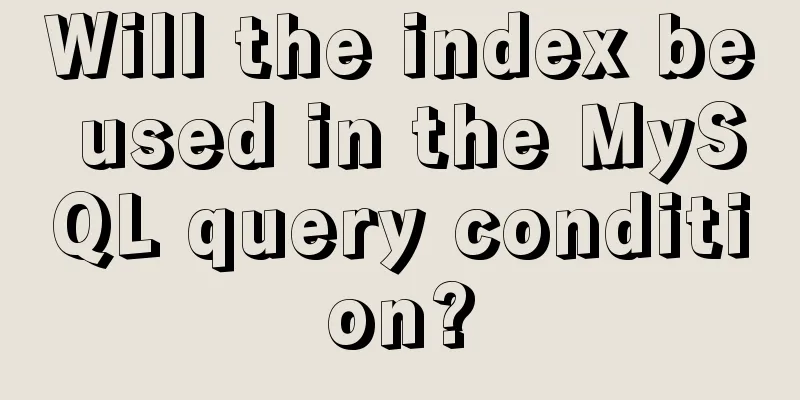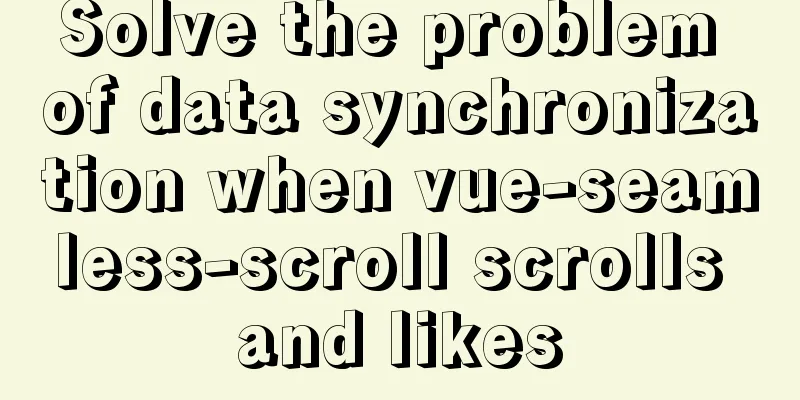Not all pop-ups are rogue. Tips on designing website pop-ups

 But if you think all pop-ups are unwelcome, you’d be wrong. The digital version of the Wall Street Journal quietly launched a new feature last month - pop-up windows. Like all pop-ups, it appears in the lower right corner of the screen and displays real-time market conditions. The small pop-up space includes several tabs, allowing readers to see stock trends and indexes in different markets. From the current perspective, the pop-up effect of the Wall Street Journal is quite good. According to Nieman Journalism Lab, the feature received 200,000 PVs from 25,000 people in just three weeks after its launch. More importantly, the stickiness of this service is quite high.  So why do the pop-ups in the digital version of the Wall Street Journal receive such a good response? Since the disturbing nature of pop-ups cannot be avoided, the only way to reduce users’ negative emotions caused by the disturbance is to solve the problem from the perspective of content and personalization. In addition to the pop-ups that appear without warning, many users close the pop-ups without hesitation because they dislike the news content. For example, many pop-up messages are very important, but many people are not interested in them. This is caused by inaccurate positioning. Unlike most pop-up windows with bland content, the Wall Street Journal pop-up windows contain extremely rich data and are updated in real time. Most importantly, its target audience - investors, company executives, and people in the financial industry - have a strong demand for it. As Raju Narisetti said, "There is a group of people who see the world through markets and market data." In addition, the customizability of the content has also gone beyond differentiation, and users can customize the "My Markets" view according to their personal needs. Then users are given the option to set the pop-up window size. There is a type of pop-up window called Interference, which is a rogue, and there is another type of pop-up window called Notification, which is a tool.  Title image from: CAIVP |
<<: Detailed example of using CSS to beautify HTML form controls (form beautification)
>>: Div adaptive height automatically fills the remaining height
Recommend
Which scenarios in JavaScript cannot use arrow functions
Table of contents 1. Define object methods 2. Def...
Use shell script to install python3.8 environment in CentOS7 (recommended)
One-click execution To install Python 3.8 in a vi...
Superficial Web Design
<br />I have always believed that Yahoo'...
How to install MySQL Community Server 5.6.39
This article records the detailed tutorial of MyS...
Specific use of MySQL operators (and, or, in, not)
Table of contents 1. Introduction 2. Main text 2....
Implementation code of the floating layer fixed on the right side of the web page
Copy code The code is as follows: <!DOCTYPE ht...
CentOS7 uses rpm package to install mysql 5.7.18
illustrate This article was written on 2017-05-20...
Detailed explanation of Nginx reverse proxy example
1. Reverse proxy example 1 1. Achieve the effect ...
Analysis of the principle and usage of MySQL custom functions
This article uses examples to illustrate the prin...
Implementing file content deduplication and intersection and difference in Linux
1. Data Deduplication In daily work, there may be...
Storage engine and log description based on MySQL (comprehensive explanation)
1.1 Introduction to storage engines 1.1.1 File sy...
6 inheritance methods of JS advanced ES6
Table of contents 1. Prototype chain inheritance ...
How to install and connect Navicat in MySQL 8.0.20 and what to pay attention to
Things to note 1. First, you need to create a my....
Example of how to quickly build a Redis cluster with Docker
What is Redis Cluster Redis cluster is a distribu...
A brief discussion on several situations where MySQL returns Boolean types
mysql returns Boolean type In the first case, ret...









